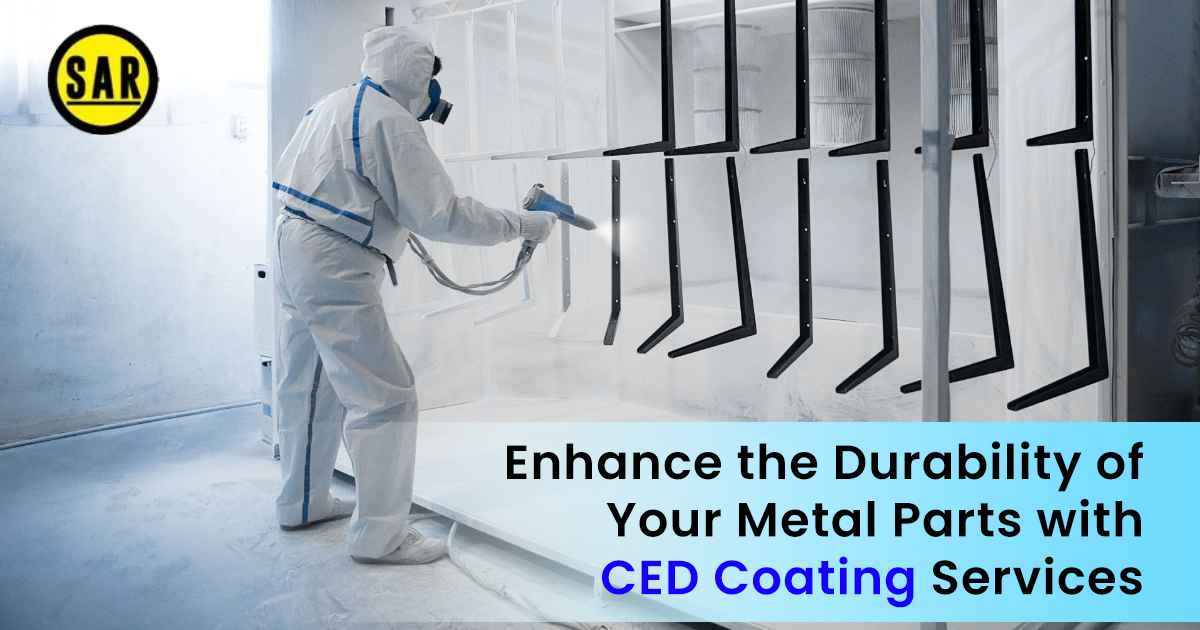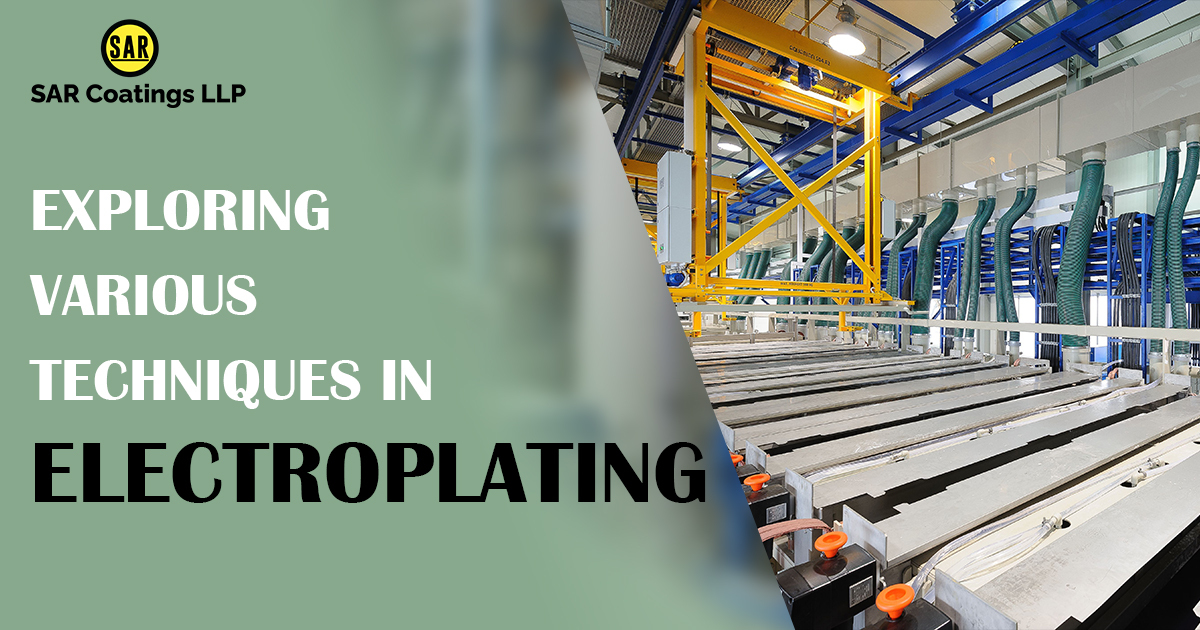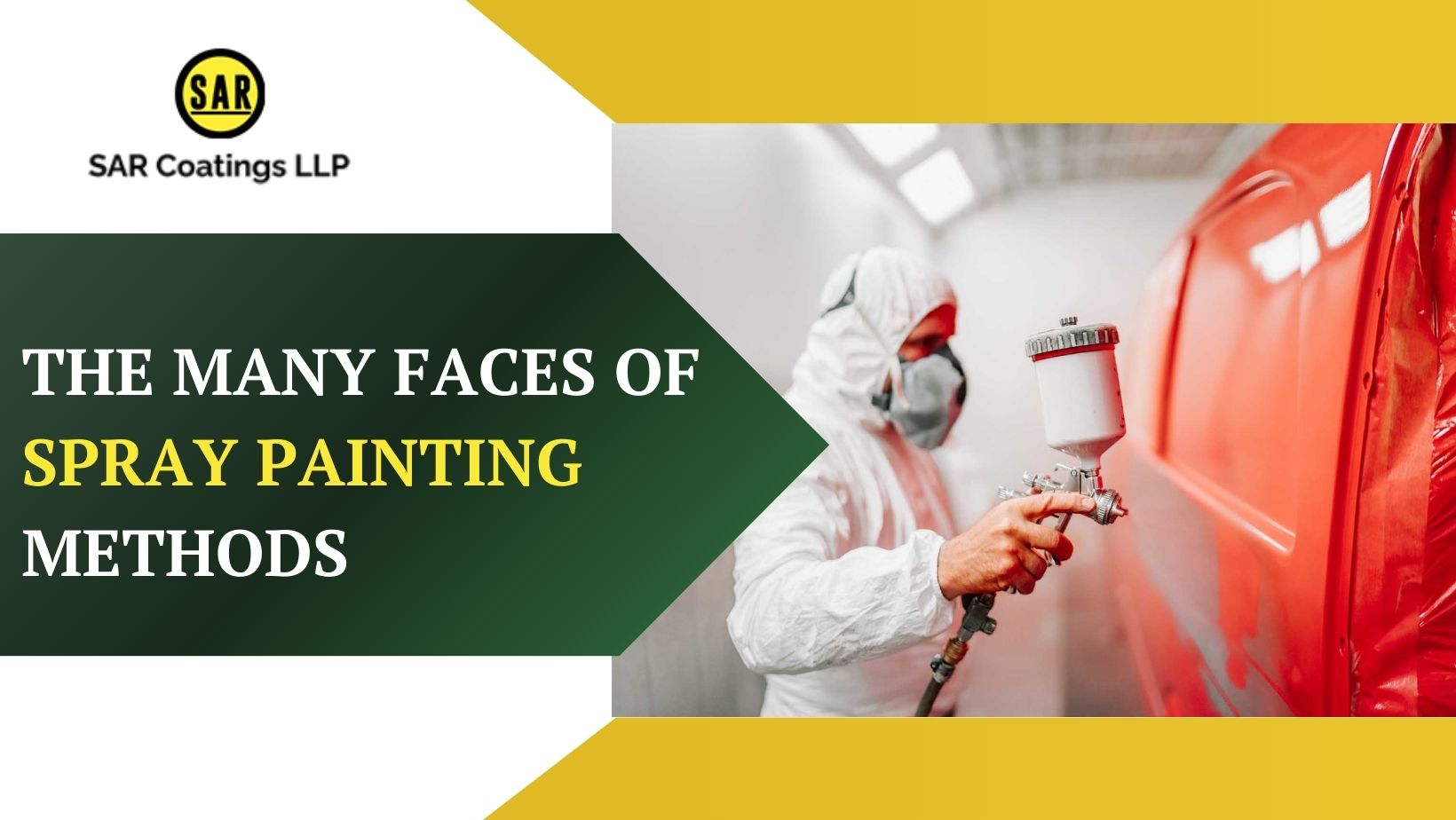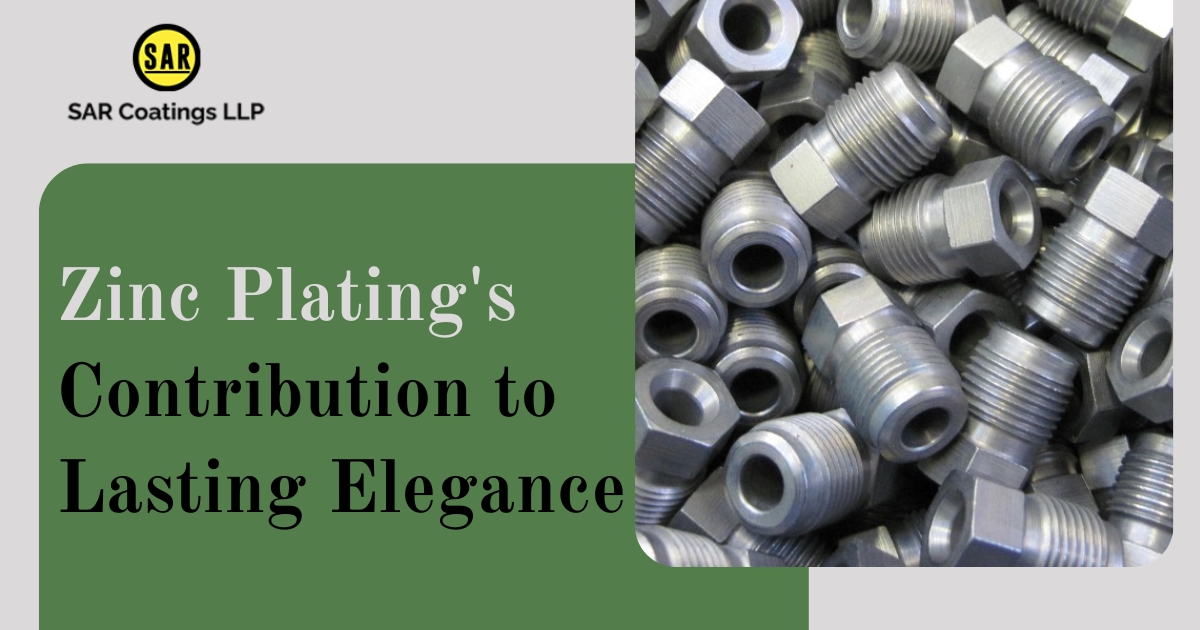
Enhance the Durability of Your Metal Parts with CED Coating Services
CED (catalytic electrodeposition) coating services can be used to apply a protective coating to a wide range of metal parts. Here are some examples of metal parts that can benefit from CED coating services CED coatings are commonly used in the automotive industry to protect metal parts from corrosion and other forms of degradation. Examples of parts that can be coated include car bodies, wheels, engine components, and suspension parts. They are also used in industrial applications to protect metal parts from the effects of harsh environments, such as exposure to chemicals or saltwater. Examples of parts that can be coated include machinery parts, pumps, valves, and pipelines.
Coatings provide excellent corrosion resistance, making them ideal for use in harsh environments. The coatings can protect metal parts from the effects of saltwater, chemicals, and other corrosive materials. Coatings are highly durable and can withstand wear and tear from regular use. The coatings can extend the lifespan of metal parts, reducing the need for frequent replacements.
What do you mean by CED?
CED stands for “Cathodic Electro Deposition,” which is a method of applying a protective coating to metal surfaces. A coating is an electrochemical process in which a metal part is immersed in a water-based paint emulsion that contains the coating material. An electrical current is then applied to the metal part, which attracts the coating material to the surface of the part, forming a uniform and corrosion-resistant coating.
CED coating is commonly used in various industries to protect metal parts from the effects of harsh environments, such as corrosion, abrasion, and wear. The coatings can provide excellent protection against exposure to chemicals, saltwater, and extreme temperatures. Coatings can be customized to provide specific surface properties, such as low friction, improved adhesion, and enhanced aesthetics.
What is a CED coating used for?
- A CED (catalytic electrodeposition) coating is used to apply a protective coating to metal parts using an electrochemical process.
- The process involves immersing the metal part in a tank filled with a water-based paint emulsion that contains the coating material. An electrical current is then applied to the metal part, which attracts the coating material to the surface of the part, forming a uniform and corrosion-resistant coating.
- These coatings are primarily used to protect metal parts from corrosion and other forms of degradation.
- The coatings can provide excellent protection against the effects of harsh environments, such as exposure to saltwater, chemicals, and extreme temperatures. CED coatings are commonly used in the automotive, industrial, and consumer products industries, where metal parts are exposed to harsh conditions.
- In addition to corrosion resistance, CED coatings can also provide other benefits, such as improved durability, wear resistance, and adhesion.
- The coatings can also be customized to provide specific surface properties, such as friction resistance, low surface energy, and improved aesthetics.
- These coatings are a valuable process for protecting metal parts from corrosion and other forms of degradation.
What is the mechanism of CED coating?
The mechanism of CED (catalytic electrodeposition) coating involves an electrochemical process that allows for the uniform deposition of a corrosion-resistant coating on metal surfaces. Here are the key steps involved in the CED coating process:
- Pre-treatment: The metal part is cleaned and treated to remove any dirt, oil, or rust from the surface. This step is essential to ensure that the coating adheres uniformly to the metal surface.
- Immersion: The metal part is immersed in a tank containing a water-based coating material that has been electrically charged. The coating material contains a resin, pigment, and other additives that provide the coating with the desired properties.
- Electrodeposition: An electrical current is applied to the tank, and the metal part acts as the cathode. The negatively charged coating particles migrate towards the positively charged metal surface, forming a uniform coating on the part.
- Curing: The coated part is then cured in an oven or other heat source to crosslink the resin and create a hard and durable coating.
Durability of Your Metal Parts with CED Coating Services
CED (catalytic electrodeposition) coating is an excellent way to enhance the durability of metal parts, as it provides a uniform and corrosion-resistant coating that can withstand the effects of harsh environments. Here are some of the ways that CED coating services can enhance the durability of your metal parts:
- Corrosion protection: CED coatings provide excellent protection against the effects of corrosion, which can cause metal parts to degrade and fail over time. The coatings form a uniform barrier that prevents moisture and other corrosive agents from reaching the metal surface, thereby increasing the lifespan of the part.
- Wear resistance: CED coatings can also improve the wear resistance of metal parts, which is important in applications where the part is subjected to friction, abrasion, or impact. The coatings can provide a hard and durable surface that can withstand wear and tear, extending the life of the part.
- Chemical resistance: CED coatings can also provide excellent chemical resistance, protecting metal parts from exposure to chemicals that can cause corrosion or degradation. The coatings can resist the effects of acids, bases, solvents, and other chemicals, making them an ideal choice for parts used in chemical processing or other harsh environments.
- Aesthetic appeal: CED coatings can also enhance the aesthetic appeal of metal parts by providing a smooth and uniform finish that can improve the appearance of the part. The coatings can be customized to provide a range of colors, textures, and gloss levels, allowing for a high degree of design flexibility.
The coatings are highly durable, uniform, and customizable, making them an ideal choice for a wide range of applications in various industries.
What is the advantage of CED?
- Excellent corrosion protection
- uniform coating thickness
- Cost-effective
- Customizable
- Excellent adhesion
What are the applications of CED?
- Automotive industry: CED coatings are widely used in the automotive industry to protect metal parts from the effects of corrosion and wear. Parts such as chassis, suspension systems, and body panels are commonly coated to increase their lifespan and improve their appearance.
- Aerospace industry: coatings are also used in the aerospace industry to protect metal parts from the harsh environmental conditions encountered during flight. Parts such as landing gear, engine components, and structural elements are coated to improve their durability and corrosion resistance.
- Industrial manufacturing: coatings are used in industrial manufacturing to protect metal parts from the effects of corrosion and wear. Parts such as pumps, valves, and machinery components are commonly coated to increase their lifespan and improve their performance.
- Electrical industry: used in the electrical industry to provide insulation and corrosion protection for metal parts used in electrical systems. Parts such as electrical enclosures, junction boxes, and control panels are commonly coated to improve their durability and resistance to corrosion.
- Consumer goods: CED coatings are also used in the production of consumer goods such as appliances, furniture, and sporting equipment. These coatings can improve the appearance of the products while also providing protection against the effects of wear and corrosion.
What are ways that CED coating can improve metal surfaces?
- Corrosion resistance: CED coatings provide excellent protection against corrosion, which is a significant cause of metal surface degradation and failure. The coatings form a uniform and continuous barrier that prevents moisture and other corrosive agents from reaching the metal surface, improving the metal’s resistance to corrosion.
- Wear resistance: CED coatings can also improve the metal’s wear resistance by providing a uniform and consistent coating thickness. This coating helps to protect the metal from abrasion and other types of wear and tear, improving the part’s durability and lifespan.
- Adhesion: CED coatings can improve the metal surface’s adhesion by creating a strong bond between the coating and the metal substrate.
- Aesthetic appeal: CED coatings can improve the metal surface’s aesthetic appeal by providing a range of colors, textures, and gloss levels.
- Chemical resistance: CED coatings can also improve the metal’s chemical resistance by protecting the surface from the effects of harsh chemicals and other substances.
What is the medium of CED paint?
CED (Cathodic Electro Deposition) paint is a water-based paint that contains resin, pigment, and other additives. The paint is applied to the metal part by immersing it in an electrically charged bath of paint. The paint particles in the bath are attracted to the metal part, creating a uniform and consistent coating. Because the paint is water-based, it is environmentally friendly and does not contain solvents that can be harmful to the environment or human health. The water-based nature of paint also makes it easier to clean up and dispose of than solvent-based paints.
Culmination
CED Coating services are an effective way to enhance the durability and lifespan of metal parts. The process involves applying a uniform and consistent coating to the metal surface using a water-based paint that provides excellent corrosion resistance, wear resistance, adhesion, aesthetic appeal, and chemical resistance. Coatings are widely used in various industries, including automotive, aerospace, industrial manufacturing, electrical, and consumer goods. By protecting the metal surface from the effects of corrosion and wear, CED coatings can help reduce maintenance costs, increase productivity, and improve the performance of the coated parts. If you have metal parts that require protection from corrosion and wear, consider using coating services to enhance their durability and lifespan.



